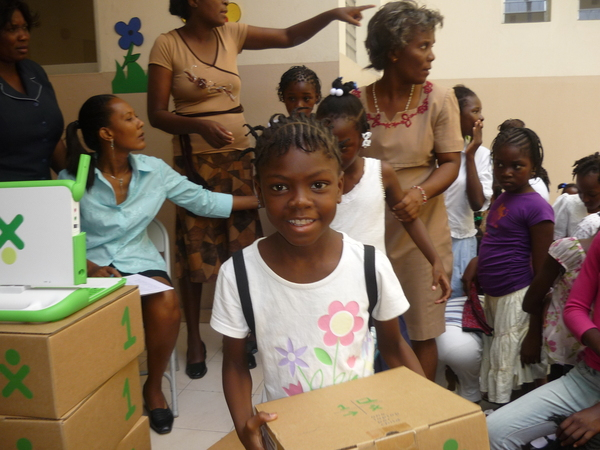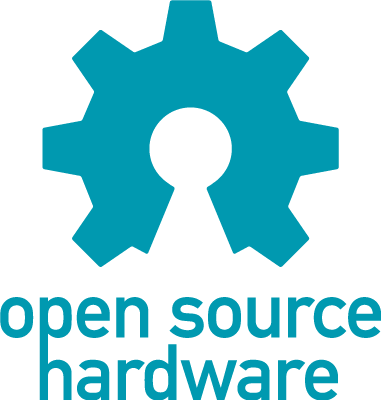
Both local and global organizations now look to long-term programs. Specifically, what does it mean to be educated in Haiti? In primary school, which is a crucial time for literacy, schools and curricula are fairly independent, something similar to private preschools in the US. Parents take it upon themselves to find a school near home which meets expectations for their children. The general consensus is that organizing and monitoring these schools would improve literacy and increase the number of students who continue their education.
A few years ago, Haiti received laptops from One Laptop per Child to modernize their schools and attempt equal access to education throughout the country. Since then, volunteers from Waveplace and the Illinois Institute of Technology have expanded these projects with new schools and activities. See olpcMAP of Haiti.

CC-BY One Laptop per Child
My goal for OLPC Haiti is trifold: to continue schools' interest in their computers, to develop and share new resources for literacy and creativity, and to show how technology can be part of a national education strategy for Haiti. For example, I will be taking @aiclass to test using online classes to train and assist teachers.
 |  |
Last weekend, I met several OpenStreetMap volunteers who have made a remarkably innovative and to-the-minute map of Haiti. In only two days, they made the changes shown above. The UN and a handful of others have tapped into OpenStreetMap, but others remain unaware of the data or what can be built on top of it. The lines and shades of an online map are an echo of the real-life situation. I want to develop maps with a new level of detail and perspective, so we can begin to address and change what we see. Some maps you'll see will be made for and by kids, and others will only make sense to engineers.

I believe in a third component, not yet realized in Haiti, that is sometimes called the Maker Movement. In an appearance on Adafruit's Show-and-Tell (video will appear here) and our upcoming booth at Maker Faire NYC, I make the case for do-it-yourself electronics, both as a tactile introduction to technology and as a realistic future for developing nations. I am bringing new sensors and new materials beyond what was seen in Uganda and Uruguay. This one initiative can cross over into many others. A Wiimote can take the place of a keyboard and mouse for novice mapmakers. Sewable electronics hold potential for Haiti's artists and crafts markets. And it will become clear that technology lives to be adapted, not consumed. Just as Mozilla has moved away from reading webpages to teaching the world to code (both why and how), Haitian schools can make a difference by moving from prescribed to open education.
No comments:
Post a Comment
Note: Only a member of this blog may post a comment.